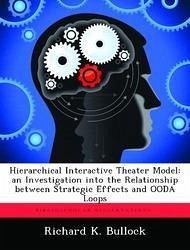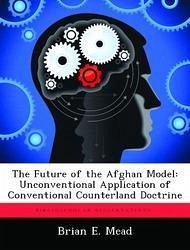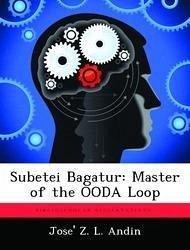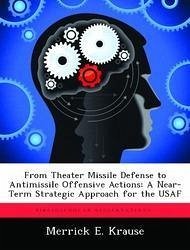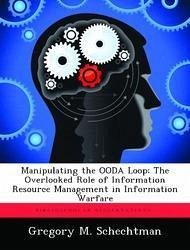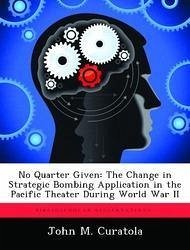Nicht lieferbar
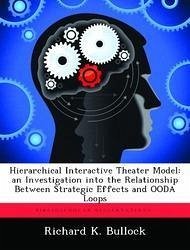
Hierarchical Interactive Theater Model: an Investigation into the Relationship Between Strategic Effects and OODA Loops
Versandkostenfrei!
Nicht lieferbar
Airpower's strength lies in being able to quickly strike the enemy directly where they are vulnerable while being unhampered by geography and surface forces. Airpower theory suggests the effects of these strikes propagate throughout an opponent's military system yielding catastrophic output or strategic effects. Despite this theory being a cornerstone of US Air Force doctrine, current Air Force models do not seem to capture airpower's inherent strength. Since these models are used to support budgetary decision making, the United States may not be funding the airpower capability it needs. This ...
Airpower's strength lies in being able to quickly strike the enemy directly where they are vulnerable while being unhampered by geography and surface forces. Airpower theory suggests the effects of these strikes propagate throughout an opponent's military system yielding catastrophic output or strategic effects. Despite this theory being a cornerstone of US Air Force doctrine, current Air Force models do not seem to capture airpower's inherent strength. Since these models are used to support budgetary decision making, the United States may not be funding the airpower capability it needs. This effort focuses on understanding the nature of strategic effects. This is done by looking at what strategic effects are, how they can be achieved, and why they are so difficult to simulate. A basis for strategic effects is established in the classical military theories of Clausewitz. Then, using modern military theories of Warden and Boyd, several approaches to simulating strategic effects, with an emphasis on Complex Adaptive Systems techniques, are investigated. Using these concepts as a foundation, an exploratory simulation model called the Hierarchical Interactive Theater Model (HITM) is constructed and exercised.




